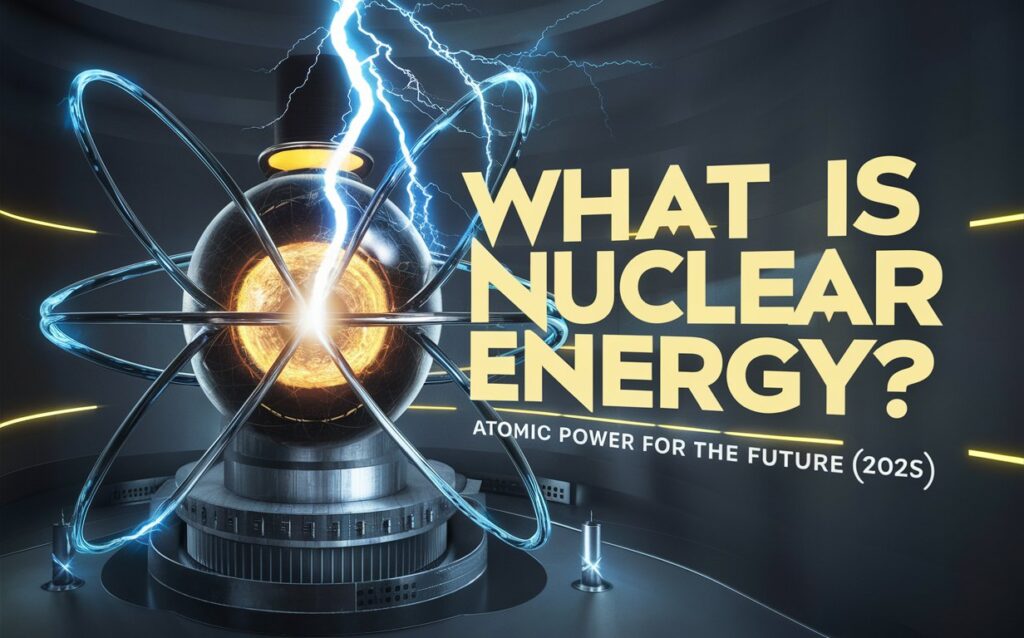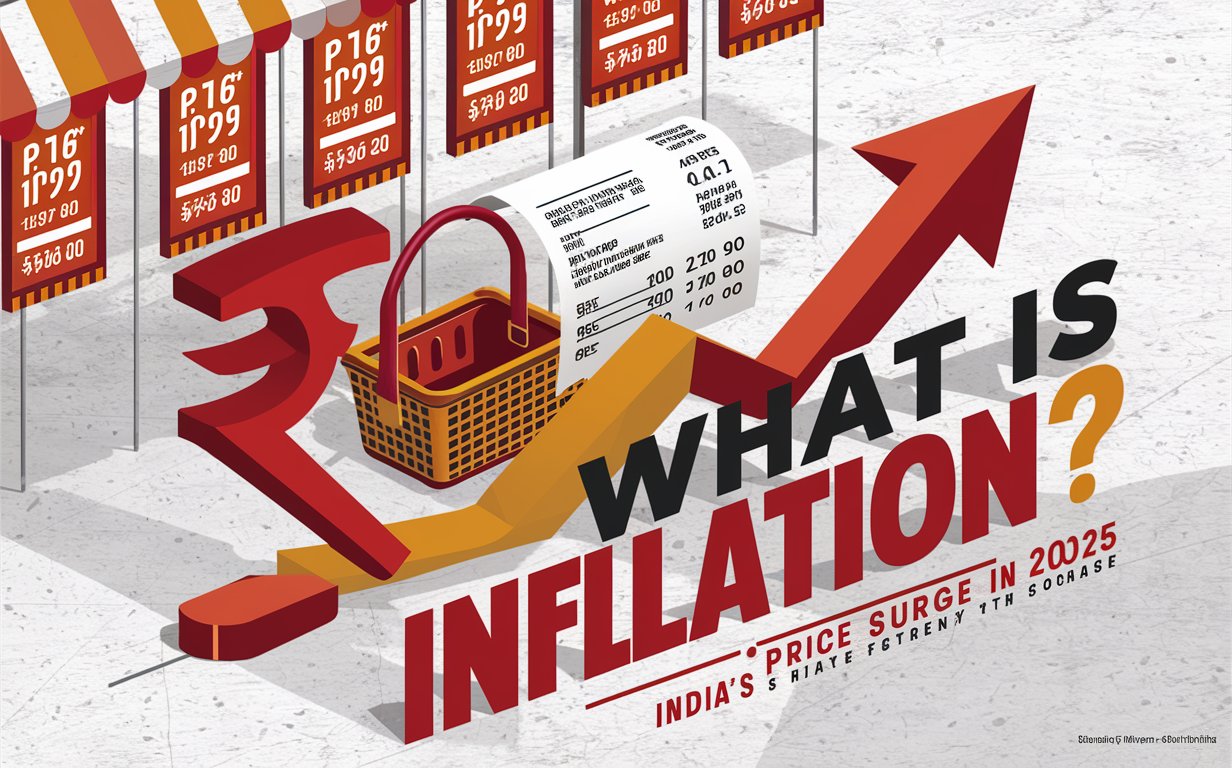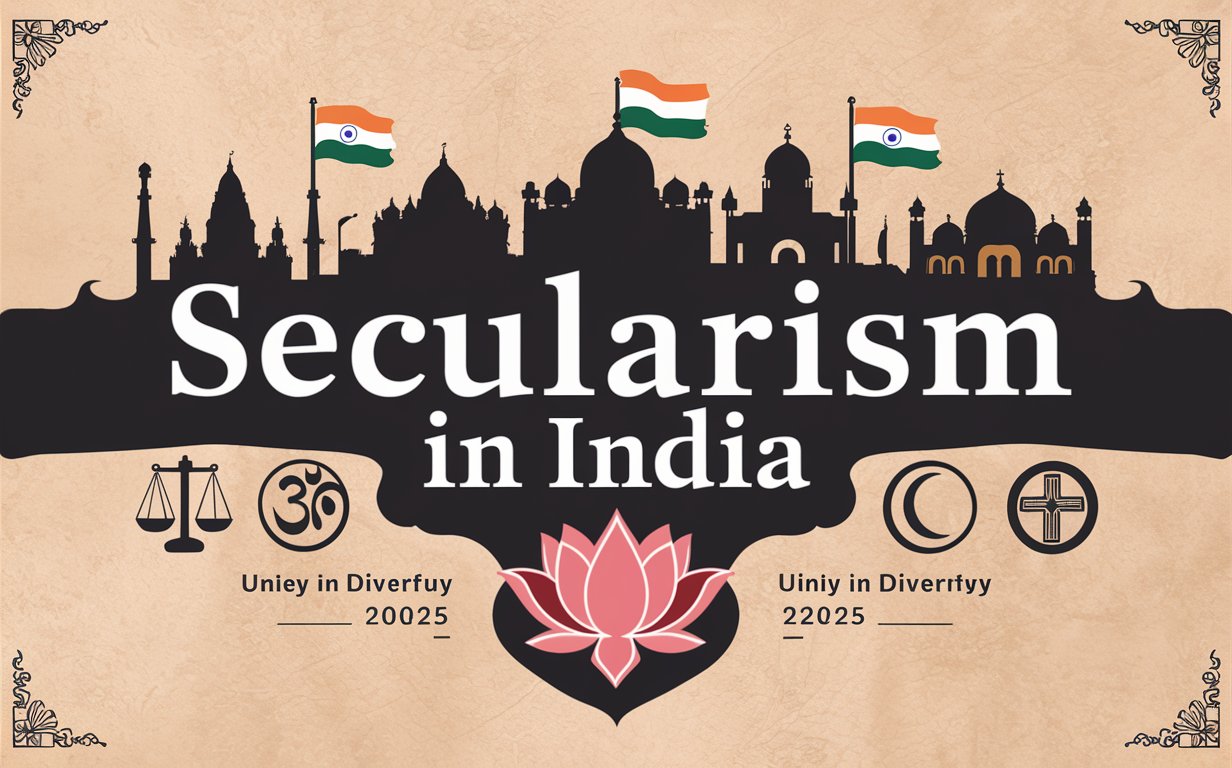🧪 What Is Nuclear Energy? Powering the Future Through the Atom in 2025
Nuclear energy is one of the most powerful and controversial forms of energy production in the modern world. In 2025, as nations strive for clean energy alternatives to fight climate change, nuclear power has re-emerged as a crucial part of the solution. But how does it work—and what makes it both promising and dangerous?

⚛️ Definition: What Is Nuclear Energy?
Nuclear energy is the energy released during nuclear reactions, particularly fission (splitting of atoms) and fusion (joining of atoms).
- Fission: Used in power plants, it involves splitting uranium or plutonium atoms to release heat
- Fusion: Powers the sun, and future reactors aim to replicate it on Earth for limitless clean energy
The heat generated from fission boils water to create steam, which turns turbines to produce electricity.
🌍 Nuclear Energy in 2025: Global Trends
As of 2025:
- Over 30 countries use nuclear energy for power generation
- Nuclear provides about 10% of global electricity
- Countries like France, USA, Russia, and China lead in nuclear capacity
- Fusion reactors, like ITER in France and India’s participation in the project, are nearing testing phases
India itself has 22 operational nuclear reactors and plans to add more through the Atmanirbhar Bharat initiative.
🇮🇳 India and Nuclear Energy: Self-Reliance and Safety
India’s nuclear program, overseen by the Department of Atomic Energy (DAE), focuses on:
- Indigenous heavy water reactors (PHWRs)
- Use of thorium, abundant in India, as future fuel
- Expanding civilian nuclear use under the Nuclear Power Corporation of India Limited (NPCIL)
India is targeting 22 GW of nuclear power capacity by 2031 and investing in SMRs (Small Modular Reactors) to reduce risk and improve efficiency.
🔋 Advantages of Nuclear Energy
- Low Greenhouse Gas Emissions: Virtually no CO₂ output during operation
- High Energy Density: A small amount of fuel generates massive energy
- Reliable Base Load Power: Unlike solar/wind, nuclear provides consistent output
- Energy Security: Reduces dependence on oil, gas, and coal imports
⚠️ Disadvantages and Concerns
Despite its promise, nuclear energy faces challenges:
- Radioactive Waste: Requires secure storage for thousands of years
- Nuclear Accidents: Disasters like Chernobyl and Fukushima raise safety fears
- High Initial Cost: Building nuclear plants takes years and billions of dollars
- Nuclear Proliferation: Risk of weapon-grade material falling into the wrong hands
India adheres to strict IAEA safety norms, but concerns remain over waste management and regional opposition.
🧬 The Future: Fusion and Thorium Revolution
By 2040, we may see:
- Commercial fusion energy: Clean, safe, and abundant
- Thorium reactors: Safer and more sustainable, with lower waste
- AI and robotics in nuclear plant operations for increased safety
- Smart grids integrating nuclear with solar and wind seamlessly
India’s Advanced Heavy Water Reactor (AHWR) will use thorium and is considered a game changer in sustainable nuclear technology.
🧾 Conclusion: Why Nuclear Energy Matters in 2025
Nuclear energy stands at a crossroads. With rising demand for clean energy and the urgent need to curb carbon emissions, it offers a powerful tool—if handled responsibly. India’s commitment to innovation, safety, and sustainability may soon turn nuclear energy from a risky gamble to a clean energy triumph.
DoFollow External Links:
Internal Links:



Post Comment